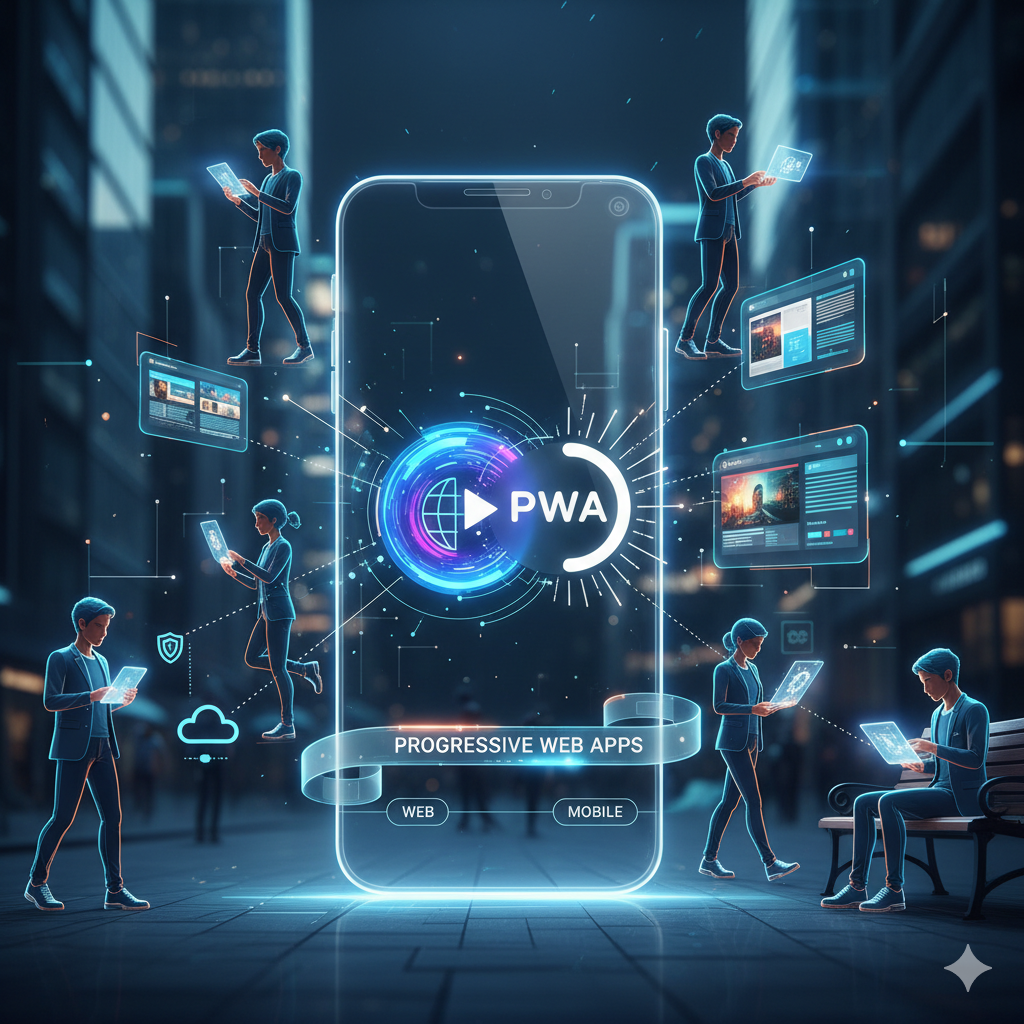Progressive Web Apps (PWAs) are revolutionizing the way users interact with mobile platforms. In 2025, they combine the best of both worlds — the accessibility of websites and the functionality of native apps — offering a seamless and powerful user experience.
🌐 What Is a Progressive Web App?
A Progressive Web App (PWA) is a web application that behaves like a native mobile app. It can be installed on a device, works offline, sends notifications, and loads lightning-fast — all without requiring an app store download.
💡 Why PWAs Are Gaining Popularity
- Offline Functionality: PWAs use service workers to cache data, letting users browse without an internet connection.
- No App Store Hassle: Users can “install” PWAs directly from a browser — no downloads or updates required.
- Faster Performance: Lightweight architecture ensures instant loading times, even on low-speed networks.
- Cross-Platform Compatibility: One codebase works across mobile, tablet, and desktop.
- Push Notifications: PWAs re-engage users just like native apps do.
🚀 Businesses That Thrive with PWAs
Major brands like Twitter, Starbucks, Pinterest, and Uber have adopted PWAs to reach wider audiences with faster performance and reduced development costs. Small businesses, too, are embracing PWAs for better reach and engagement.
🧠 The Developer’s Advantage
Developers love PWAs because they use web technologies (HTML, CSS, JavaScript) — no separate Android or iOS builds. Frameworks like React, Angular, and Vue make PWA development smoother and faster than ever.
💬 Final Thoughts
PWAs represent the future of mobile technology — efficient, reliable, and universally accessible. In 2025, the line between web and mobile continues to blur, and PWAs are leading the charge toward a unified digital experience.




